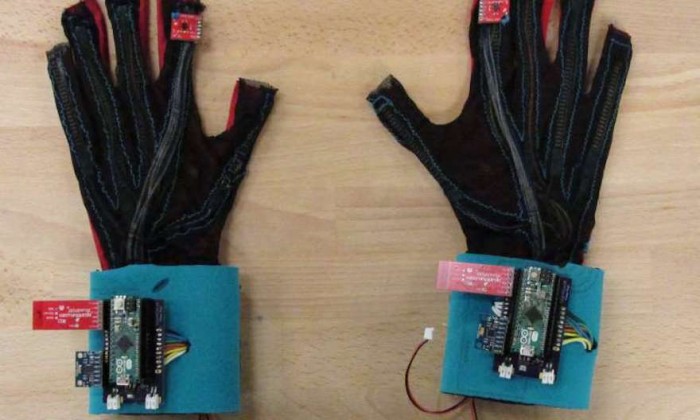
University of Washington undergraduates Thomas Pryor and Navid Azodi recently won the Lemelson-MIT Student Prize for their SignAloud gloves. The device is able to translate sign language into spoken English or text. The invention is a huge step forward for advancing communication between people who use sign language and people who don’t. The 10 000 dollar prize awards innovative and promising inventors across significant service sectors in America.
The students’ SignAloud gloves are made with a series of sensors that can distinguish the motion and gestures of the wearer’s hands. As the hands move, data is transmitted via Bluetooth to a central processing system that can link a movement with an American Sign Language (ASL) gesture. Once a gesture is determined by the processor, it is translated, almost instantly into audible speech or text.
Although there are other ASL translation devices on the market, the gloves are a wearable solution that can be used every day.
Pryor explains that “Many of the sign language translation devices already out there are not practical for everyday use.” He adds, “Our gloves are lightweight, compact and worn on the hands, but ergonomic enough to use as an everyday accessory, similar to hearing aids or contact lenses.”
At this time, the gloves are specifically designed as an application for deaf or hearing-impaired individuals but the young inventors believe that they could also be used for virtual reality gesture control or even rehabilitation.
In a demonstrative video, Pryor and Azodi reveal how the gloves work. As Pryor moves his hands, a computerised voice translates the gestures into spoken words.






